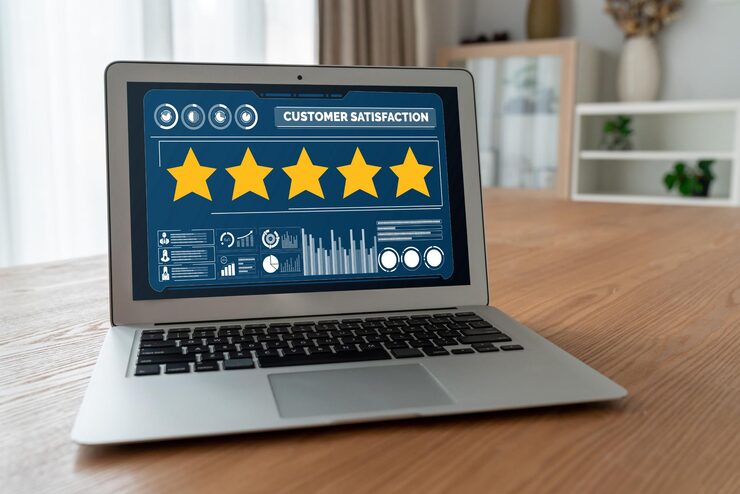Why the shift to cloud-based tax filing matters
Traditional tax workflows rely heavily on paper records, manual calculations, and siloed files. Cloud-based tax filing centralizes data, automates repetitive tasks, and enables real-time collaboration between taxpayers, accountants, and tax authorities. The result: faster processing, fewer errors, and improved audit readiness.
Core benefits
- Accessibility: Access tax documents and software from anywhere with an internet connection, enabling remote work and distributed accounting teams.
- Automation: Built-in rules, templates, and integrations reduce manual data entry and calculation mistakes.
- Version control & audit trails: Every change is logged-who changed what and whesimplifying audits and compliance checks.
- Cost efficiency: Lower administrative overhead as storage, backups, and software updates move to the cloud provider.
- Scalability: Systems grow with your business; you only pay for what you use.
Security & compliance: key considerations
Security is the top concern when moving tax filing to the cloud. A robust cloud tax solution should include:
- Encryption: Data-at-rest and data-in-transit encryption to prevent unauthorized access.
- Strong identity controls: Multi-factor authentication (MFA), role-based access control (RBAC), and single sign-on (SSO).
- Data residency and retention: Clear policies about where data is stored and for how long to meet local tax laws.
- Compliance certifications: Providers should maintain industry standards (e.g., ISO 27001, SOC 2) and, if applicable, region-specific compliance attestations.
- Regular backups & disaster recovery: Automated backups and tested recovery plans to ensure business continuity.
Essential features of a cloud tax-filing platform
When evaluating platforms, look for:
- Integration with accounting systems (ERP, bookkeeping software)
- Document capture and OCR to turn paper or PDFs into structured data
- Pre-built tax rules and calculation engines
- Collaborative workflows and secure sharing for external auditors or advisors
- Dashboarding and reporting for compliance KPIs
How businesses should approach migration
Migrating to cloud-based tax filing is best done in stages:
- Assess: Map existing tax processes, systems, and data sources.
- Pilot: Start with a non-critical tax type or a single business unit to validate workflows.
- Integrate: Connect accounting software, payroll, and document repositories to the cloud platform.
- Train: Provide role-based training for finance teams and external advisors.
- Monitor & iterate: Track key metrics (error rates, filing time, audit findings) and improve processes.
Common objections and practical answers
“Is the cloud safe for sensitive tax data?”
Yes when you choose a reputable provider with strong encryption, compliance certifications, and transparent security practices. A security-first vendor combined with good internal controls typically outperforms poorly managed on-premises systems.
“What about regulatory requirements and data residency?”
Carefully review provider contracts and data residency options. Many cloud platforms offer region-specific storage and compliance features to meet local rules.
Real-world impact
Organizations that adopt cloud tax solutions often report:
- Shorter cycle times for tax close and filing often reduced from days to hours.
- Lower error rates due to automated data validation.
- Faster response times during audits thanks to centralized, searchable records.
Best practices checklist
- Choose a provider with appropriate certifications.
- Enforce MFA and least-privilege access.
- Keep an immutable audit log for at least the minimum legally required retention period.
- Automate backups and periodically test restores.
- Train staff on secure file handling and phishing awareness.
Conclusion why paperless compliance is the future
Cloud-based tax filing reduces manual work, strengthens compliance, and gives finance teams the agility to respond quickly to regulatory changes. For organizations aiming to modernize finance operations, moving tax systems to the cloud is less a question of if and more a question of when and how. With careful vendor selection, strong security controls, and phased migration, the benefits far outweigh the risks.










